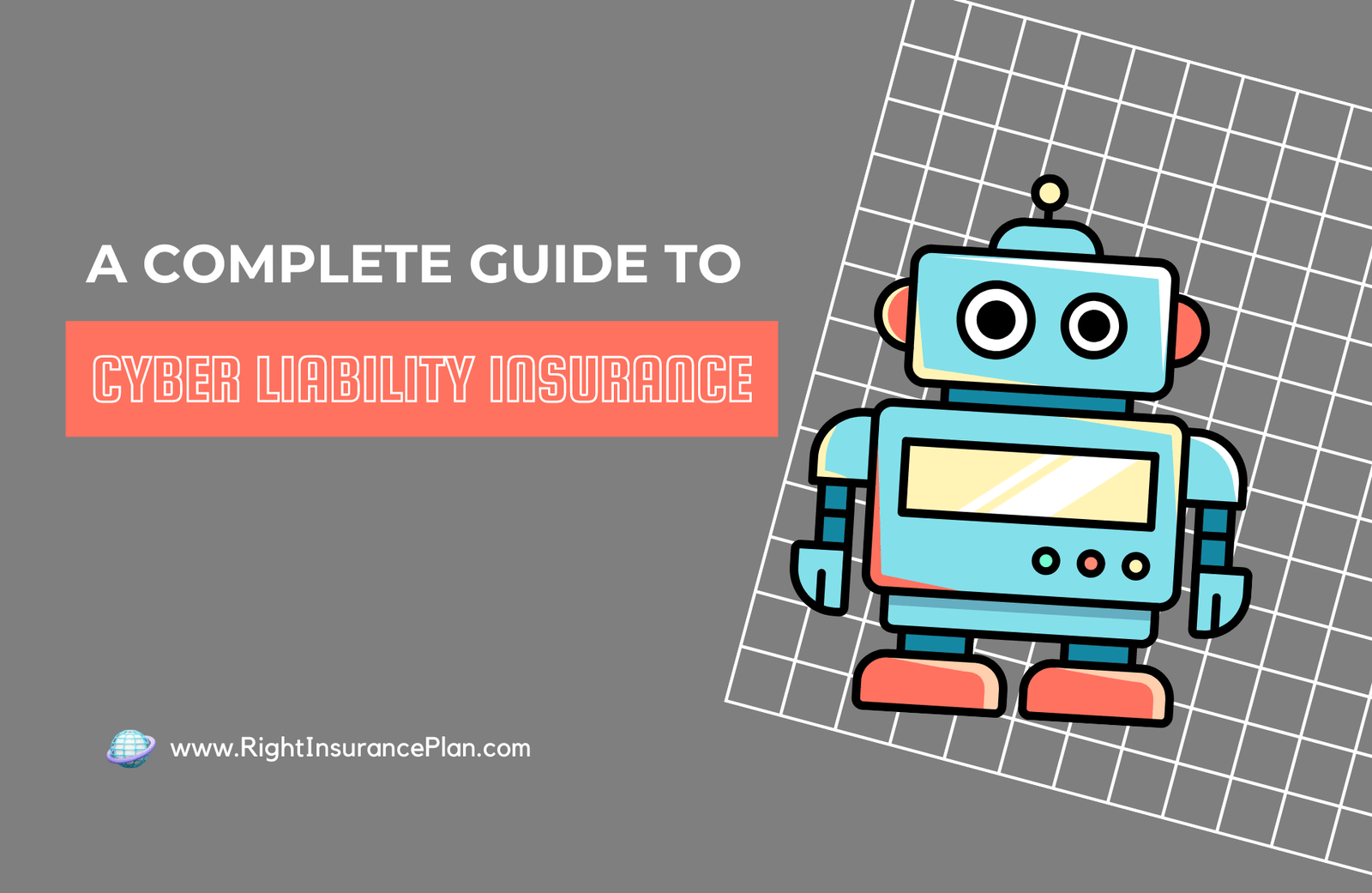
Exploring Money Back Plans in Canada
All Canadians want to ensure a comfortable and secure future for themselves and there loved ones. With rising costs of living and the uncertainty that comes with life's unexpected turns, having a solid financial plan in place is more crucial than ever. Among the various financial instruments available, Money Back Plans have emerged as a popular choice for those seeking a balanced approach to savings and investment. In this blog post, we'll delve into the latest data and insights surrounding Money Back Plans in Canada, shedding light on their features, advantages, and potential drawbacks.
What are Money Back Plans?
Money Back Plans, also known as Endowment Plans or Life Insurance with Money Back option, are a unique blend of life insurance and investment. These plans offer a dual benefit: on one hand, they provide life insurance coverage to protect your loved ones in case of an untimely event, and on the other, they serve as a disciplined savings vehicle, allowing you to build a corpus over time.
The Mechanics Behind Money Back Plans
When you purchase a Money Back Plan, you commit to paying premiums for a predetermined period, typically ranging from 10 to 30 years. During this tenure, a portion of your premiums goes towards life insurance coverage, while the remaining amount is invested by the insurance company. At specific intervals, usually every 5 years, you receive a predetermined percentage of the total sum assured as a "money back" payout.
For instance, if you opt for a 20-year Money Back Plan with a sum assured of $100,000, you might receive 20% of the sum assured (in this case, $20,000) after the first 5 years, another 20% after 10 years, and so on, until the plan matures. Upon maturity, you receive the remaining sum assured, along with any bonuses or additional returns accumulated through the investment component.
The Latest Data on Money Back Plans in Canada
According to recent statistics from the Canadian Life and Health Insurance Association (CLHIA), the life insurance industry in Canada saw a steady growth in premium income, reaching $107.7 billion in 2021, a 5.1% increase from the previous year. While the exact breakdown of Money Back Plans is not publicly available, industry experts suggest that these plans have gained significant traction among Canadians seeking a balanced approach to financial planning.
A survey conducted by one of Canada's leading insurance providers revealed that nearly 35% of respondents cited the dual benefit of life insurance and savings as the primary reason for choosing a Money Back Plan. Additionally, the data indicated that individuals aged between 30 and 50 years old were the most prominent buyers of these plans, as they sought to secure their family's financial future while simultaneously building a corpus for their own retirement or other long-term goals.
Advantages of Money Back Plans
1. Disciplined Savings: Money Back Plans encourage disciplined savings by requiring consistent premium payments over an extended period. This habit of regular saving can be challenging to develop independently, making these plans an attractive option for those seeking a structured approach to wealth accumulation.
2. Life Insurance Protection: The life insurance component of Money Back Plans provides essential financial protection for your loved ones in the event of your untimely demise. This added layer of security can bring peace of mind, especially for families with dependents.
3. Potential for Bonuses and Returns: Money Back Plans often come with the potential for bonuses or additional returns, depending on the investment performance of the insurance company's investment portfolio. While not guaranteed, these bonuses can enhance the overall returns on your investment.
4. Tax Benefits: In Canada, life insurance premiums paid towards Money Back Plans may be eligible for tax deductions, subject to certain conditions and limits. This tax advantage can make these plans more appealing from a financial planning perspective.
Potential Drawbacks and Considerations
1. Limited Liquidity: Money Back Plans typically have a long-term commitment, ranging from 10 to 30 years. Early withdrawals or policy surrenders may result in significant penalties or charges, limiting the liquidity of your investment.
2. Potentially Lower Returns: While Money Back Plans offer the security of guaranteed payouts at specific intervals, the overall returns may be lower compared to other investment options, such as mutual funds or equity investments, especially in periods of strong market performance.
3. Inflation Risk: Over the long duration of a Money Back Plan, the real value of your payouts and final maturity amount may be eroded by inflation, reducing the purchasing power of your savings.
4. Complexity: Money Back Plans can be complex financial instruments, with various terms, conditions, and riders that may not be easily understood by the average investor. It's essential to thoroughly review and comprehend the policy details before committing to a plan.
Making an Informed Decision
As with any financial decision, it's crucial to carefully evaluate your specific goals, risk tolerance, and overall financial situation before considering a Money Back Plan. Consulting with a qualified financial advisor can help you assess whether these plans align with your long-term objectives and provide guidance on selecting the most suitable plan for your needs.
Additionally, it's essential to thoroughly research and compare offerings from different insurance providers, as terms, premiums, and potential returns can vary significantly. Reading policy documents carefully and understanding the fine print is crucial to avoid any surprises or disappointments down the line.
Conclusion
Money Back Plans in Canada have gained popularity as a balanced approach to financial planning, offering the dual benefits of life insurance protection and disciplined savings. While these plans can be advantageous for individuals seeking a structured savings vehicle and life insurance coverage, it's essential to carefully consider the potential drawbacks and align them with your overall financial goals and risk tolerance.
By staying informed about the latest data and trends, consulting with financial advisors, and thoroughly evaluating various options, Canadians can make informed decisions and manage the road to financial security with confidence.
You can also check the information regarding Term Life Insurance in Canada
FAQs:
Q1: What is a Money Back Plan?
A Money Back Plan is a type of life insurance policy that combines life insurance coverage with a savings component. It provides regular payouts at predetermined intervals during the policy term, in addition to a final lump sum payment upon maturity.
Q2: How does a Money Back Plan work?
When you purchase a Money Back Plan, you commit to paying premiums for a specified period, typically ranging from 10 to 30 years. A portion of your premiums goes towards life insurance coverage, while the remaining amount is invested by the insurance company. At regular intervals, usually every 5 years, you receive a predetermined percentage of the total sum assured as a "money back" payout. Upon maturity, you receive the remaining sum assured, along with any bonuses or additional returns accumulated through the investment component.
Q3: What are the advantages of a Money Back Plan?
Some advantages include disciplined savings, life insurance protection, potential for bonuses and returns, and tax benefits on premiums paid.
Q4: What are the potential drawbacks of a Money Back Plan?
Potential drawbacks include limited liquidity, potentially lower returns compared to other investments, inflation risk eroding the real value of payouts, and the complexity of these plans.
Q5: How are the payouts from a Money Back Plan determined?
The payouts are typically a predetermined percentage of the total sum assured, as specified in the policy document. For example, a 20-year Money Back Plan might offer 20% of the sum assured as a payout after the first 5 years, another 20% after 10 years, and so on, until maturity.
Q6: Can you withdraw or surrender a Money Back Plan early?
Early withdrawals or policy surrenders are typically allowed, but may result in significant penalties or charges. It's essential to review the policy document for the specific terms and conditions regarding early termination.
Q7: Are the returns from a Money Back Plan guaranteed?
The regular payouts and the final maturity amount are generally guaranteed, but any additional bonuses or returns may vary based on the investment performance of the insurance company's investment portfolio.
Q8: How are the premiums for a Money Back Plan calculated?
Premiums are calculated based on factors such as the sum assured, the policy term, your age, and other risk factors. Higher sum assured and longer policy terms typically result in higher premiums.
Q9: Can you take a loan against my Money Back Plan?
Some insurance providers may allow you to take a loan against the cash value or surrender value of your Money Back Plan, subject to specific terms and conditions.
Q10: What happens to the life insurance coverage if you stop paying premiums?
If you stop paying premiums, your life insurance coverage may lapse, and you may lose the benefits of the policy. It's essential to maintain premium payments as per the policy terms to ensure continuous coverage and benefits.



